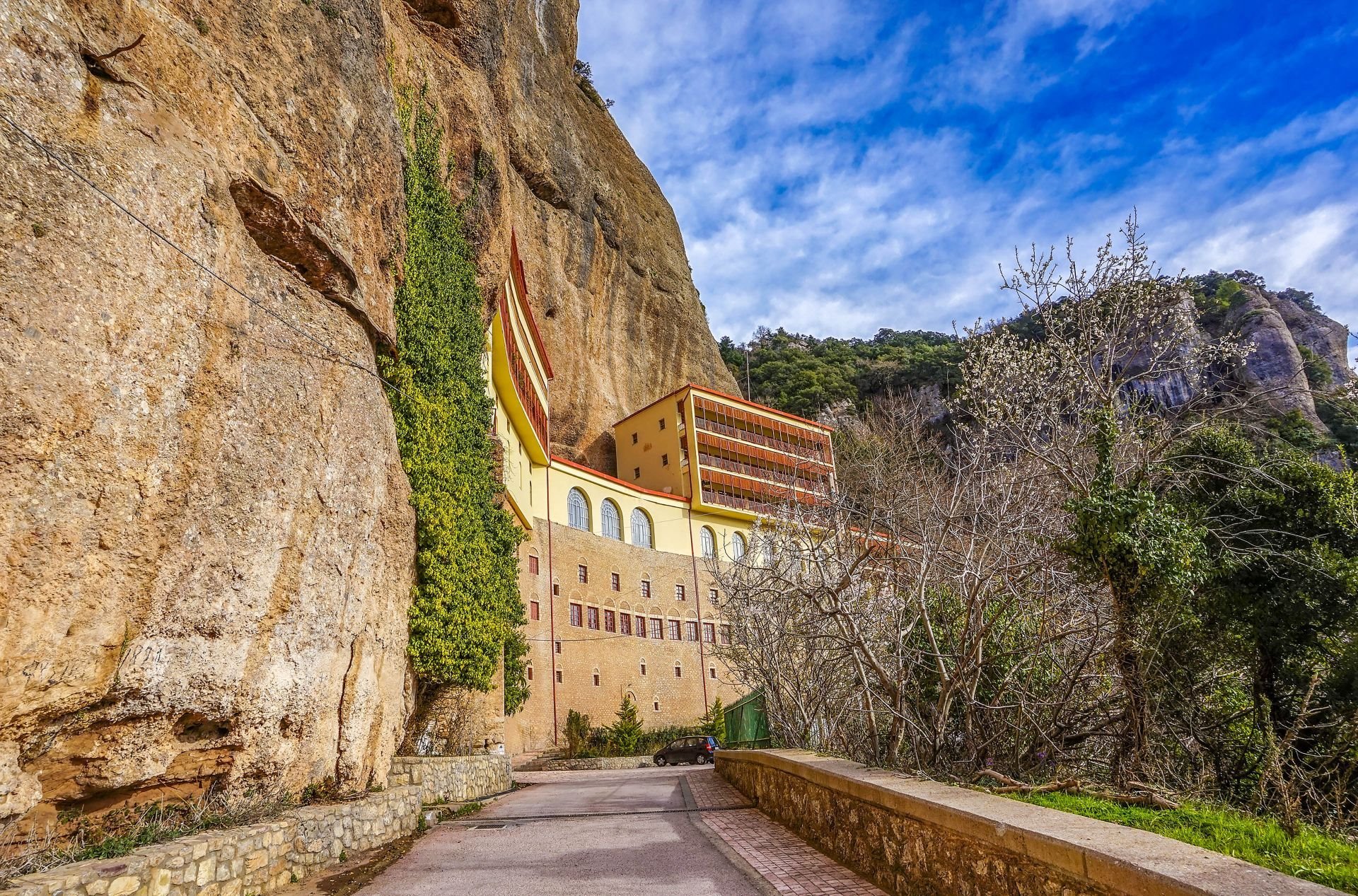With the exception of a 30-year interlude of Venetian control, the town remained under Turkish rule until the outbreak of the Greek War of Independence in 1821, in whose early stages Kalavryta figures prominently: it was here that on 21 March 1821 the flag of the revolt was raised at the monastery of Agia Lavra by bishop Germanos III of Old Patras.
Kalavrita was one of the areas of Greece that experienced the harshest Nazi German retaliation during the Occupation. On December 13, 1943, the German occupation army executed almost the entire male population (most over the age of 12) of Kalavrita and burned the city completely. Most reports put the death toll at more than 800. Kalavrita is today a characterized martyrdom settlement.
Kalavrita has one of the best winter tourism infrastructure in Greece mainly due to the ski center located there. Kalavrita as well as the surrounding area and the wider area are characterized by rich natural beauty and have a variety of natural and man-made attractions. Kalavrita Ski Center is one of the largest in Greece. Remarkable destinations in the area of Kalavrita and in nearby locations are also the two historical monasteries, Agia Lavra and the Great Cave, the Kalavrita Holocaust Museum housed in the old primary school of the city, the plane tree forest of the Aroani river, the Aroani river on the river Stygos in Helmos where the river Krathis originates, as well as the Cave of the Lakes near the village of Kastria and the Gorge of the Vouraikos river that is crossed by the famous Cog Railway that was inaugurated in 1896. Today it is mainly used for tourist tour in one of the most beautiful and impressive routes of Greece and Europe.

